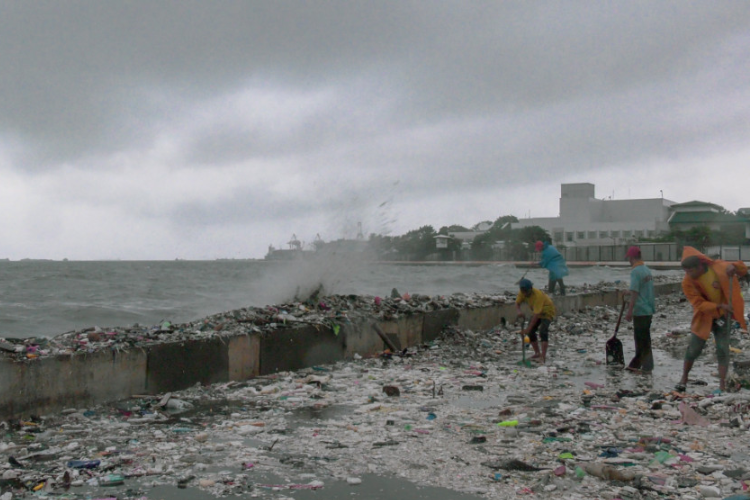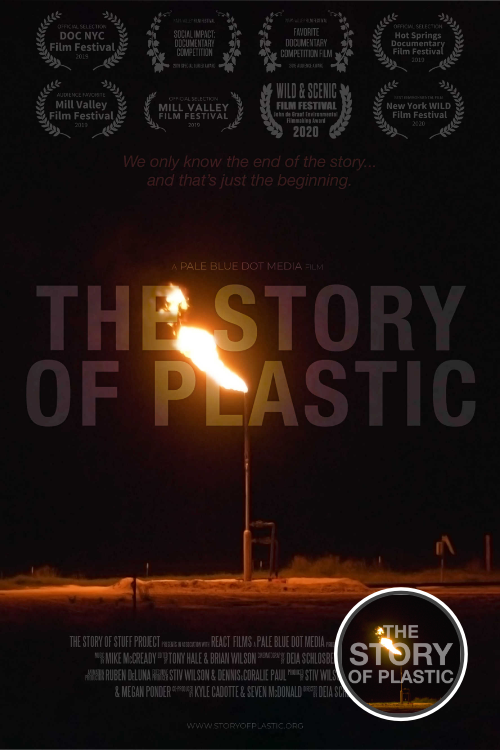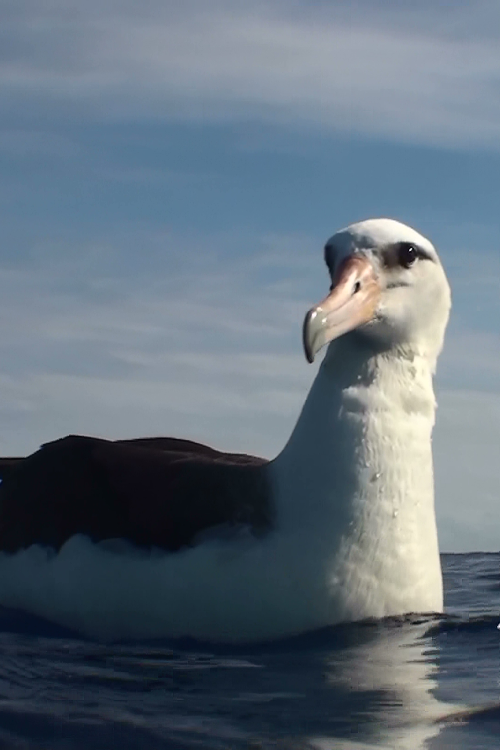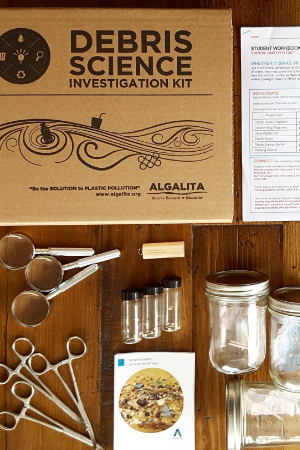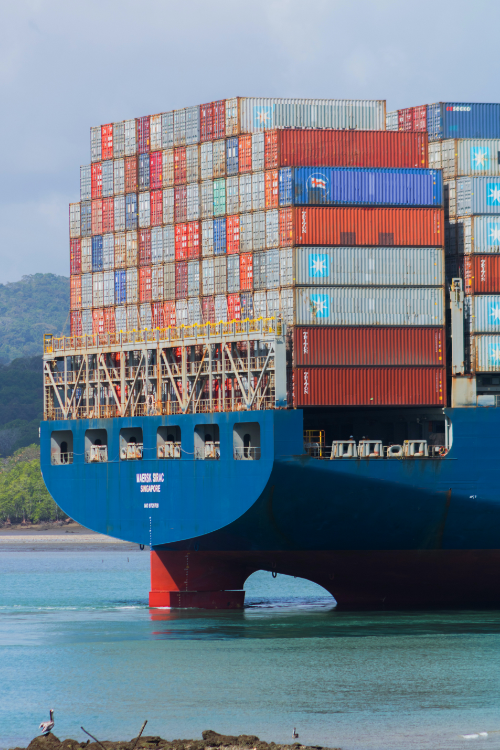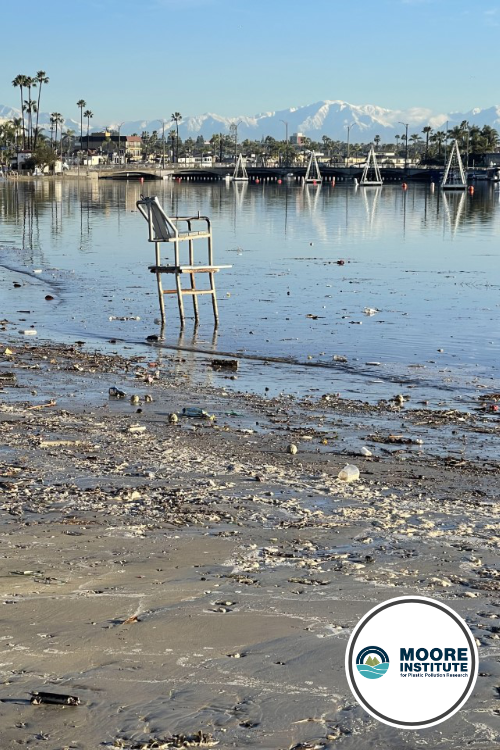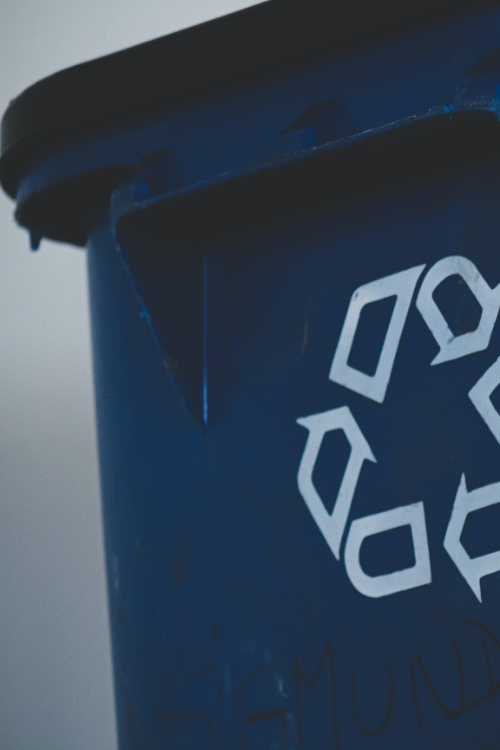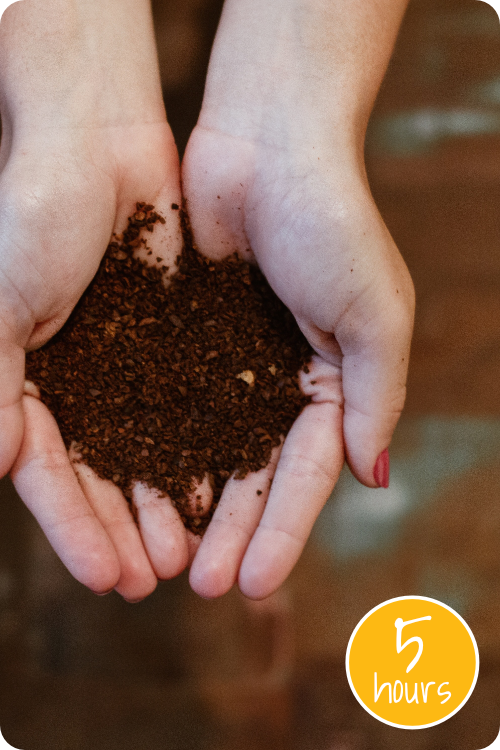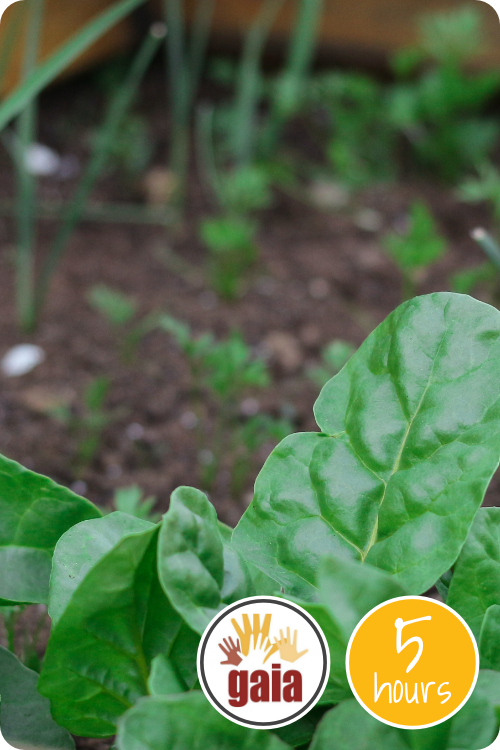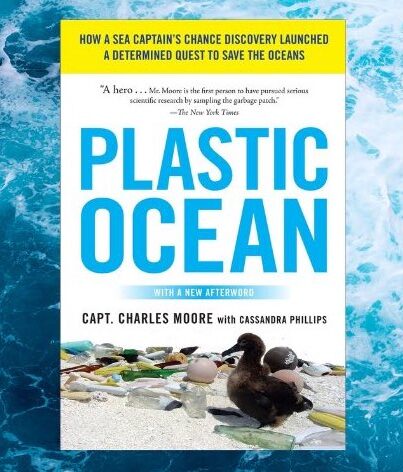
Standards Alignment Guide
Photo credit: The Story of Plastic
This guide outlines our suggestions for how to incorporate our resources into the following Advanced Placement Environmental Science (APES) Unit:
Unit 8: Aquatic and Terrestrial Pollution
Grades 10 to 12
Time Needed 2 to 6 hours
* The Advanced Placement (AP) College Board programs are undergraduate university-level curricula and examinations for high school students offered in the US and Canada.
We have referred to the official AP Environmental Science Course and Exam Description document for the creation of this guide.
Overview
The APES Unit 8 focuses on the global environmental issue of aquatic and terrestrial pollution, including solid waste. Humans have created waste since the beginning of civilization. Over thousands of years, humans developed ways to use nature’s resources to meet our needs for creating shelter, finding and preparing food, making clothing and accessories, and easing travel. Many of the techniques we invented modified natural resources – for example, we made ceramic pots by heating clay, extracted and forged metals, and harvested and wove natural fibers like wool, linen and cotton.
However, with the beginning of the industrial revolution, and the beginning of our extraction of fossil fuels, a new industry was born that even more drastically altered how we influenced nature’s cycles. Not only did we further influence the composition of the atmosphere by burning fossil fuels for energy and heat, but we also began experimenting with synthesizing chemicals and materials from fossil fuels. This petrochemical industry has contributed to the generation of many compounds and products. Adhesives and glues, dyes, paints and coatings, plexiglass, foams like insulation and furniture padding, soaps, detergents and other cosmetics, fragrances (phthalates), materials like Teflon, and a range of plastics including Nylon, polyurethane, Acrylic, polyethylene, and polystyrene. Also, chemicals coatings that make rain jackets and carpets stain and water repellent (PFAs), flame retardants (PBDEs), pesticides, and other hazardous chemicals are petrochemical products.
When it comes to pollution, plastics and petrochemical products are outliers. Aside from heavy metals and e-waste (heavy metals + plastics + petrochemicals), most human-made materials like metals, glass, paper, and cotton cloth are either biologically produced and therefore biocompatible, or are inorganic as well as biologically safe and highly recyclable. On the other hand, Plastics and petrochemical products (as well as heavy metal containing e-wastes) are generally not biocompatible because they are organic (carbon-based) but not biodegradable and often toxic or hazardous. On top of that, they are generally not recyclable, not safe to recycle, or too expensive to recycle.
Plastics and petrochemical waste, as well as e-waste, are a serious type of pollution with complex impacts. Plastics are now not only found in our oceans, but also, our air, soil, and even some foods. Below, you’ll find how you can mix and match the resources found on Wayfinder Society to help your students understand this major topic and challenge them to think about systemic solutions.
In contemporary English, the word “plastic” is used to refer to a group of synthetic polymers.
These man-made materials have a vast range of chemical properties, characteristics, and uses.
Topic by topic
The issue of plastic pollution is covered mainly under topic 8.9 Solid Waste.
8.9 Solid Waste: Applicable Learning Objective & Essential Knowledge Statements
Learning Objectives
STB-3.K Describe solid waste disposal methods.
STB-3.L Describe the effects of solid waste disposal methods.
Essential Knowledge Statements
STB-3.K.1 Solid waste is any discarded material that is not a liquid or gas. It is generated in domestic, industrial, business, and agricultural sectors.
STB-3.K.2 Solid waste is most often disposed of in landfills. Landfills can contaminate groundwater and release harmful gases.
STB-3.L.2 Solid waste can also be disposed of through incineration, where waste is burned at high temperatures. This method significantly reduces the volume of solid waste but releases air pollutants.
STB-3.L.3 Some items are not accepted in sanitary landfills and may be disposed of illegally, leading to environmental problems. One example is used rubber tires, which when left in piles can become breeding grounds for mosquitoes that can spread disease.
STB-3.L.4 Some countries dispose of their waste by dumping it in the ocean. This practice, along with other sources of plastic, has led to large floating islands of trash in the oceans. Additionally, wildlife can become entangled in the waste, as well as ingest it.
Toolkit: The Story of Plastic Documentary (90 minutes screening time + at least 30 minutes discussion)
This film dives into the impacts of plastic production and disposal on human communities around the world. It highlights the problems that come from our overuse of plastic – from towering landfills and the harms they cause to workers and surrounding communities, to the air pollution that comes from incinerating plastic waste, to the challenges of recycling plastics. The film also connects to the topics of Unit 7, fossil fuel extraction by explaining the close ties between the fossil fuel and plastic industries. The final third of the film focuses on waste reduction strategies, from zero-waste systems built around less packaging and community composting, innovative plastics, and engaging in political activism to reduce plastic production.
Our Classroom Experience Screening Guide, includes a simple student worksheet for students to record their emotions and reflections, as well as many follow-up activities including discussion questions, system mapping, a vocabulary game, ideas for taking local action, and more.
Before screening the film, we suggest asking students to brainstorm how plastics have influenced the world we live in.
The issue of plastic pollution is also referenced in the following topics of Unit 8. We’ve listed our resources that connect with these specific subunits, and which we think would be suitable supplementary activities to do in addition to, or instead of, watching The Story of Plastic.
8.2 Human Impacts on Ecosystems: Applicable Learning Objective & Essential Knowledge Statements
Learning Objectives
STB-3.B Describe the impacts of human activities on aquatic ecosystems.
Essential Knowledge Statements
STB-3.B.8 Litter that reaches aquatic ecosystems, besides being unsightly, can create intestinal blockage and choking hazards for wildlife and introduce toxic substances to the food chain.
Lesson: Plastic Pollution Sources and Sinks (30 minutes)
This resource is built off a set of image cards that portray the ways in which plastics enter, exist in, and impact the natural environment. Most of the images include a short text explanation.
These cards can be used as evidence for how synthetic polymers impact our society, with the understanding that humans rely on a healthy natural ecosystem for our survival.
We suggest that students work together in small groups to assess 1-3 images and come up with a question that they have about the image or its implications to later discuss as a class.
Video: What are lanternfish? (10 minutes)
This video introduces an aquatic species that makes up over 60% of deep sea biomass and play an important role as prey for larger organisms. These fish are known to ingest microplastics floating among their planktonic food in the surface waters across the oceans.
Video: Take a Swim in the Plastic Soup (10 minutes)
This video contains footage of an area of the North Pacific Ocean where plastic pollution has accumulated. Ocean currents and wind patterns concentrate floating plastic debris in regions of every ocean. This video shows a first-person view of the region often referred to as the Great Pacific Garbage Patch.
The video is accompanied by an excerpt from our expedition crew’s logbook on the day the video was captured. We’ve also included journaling ideas to help students process what they see in the video.
Investigation Kit: A Plastic Ocean (50 minutes)
This out-of-the-box teaching kit is free for public school educators. Students rotate through three hands on activities: 1) Investigating the buoyancy of various common plastics; 2) Viewing a ocean water sample and identifying the natural (plankton) and synthetic (plastic) components; and 3) mapping the locations of 5 ocean water samples on the world map.
All materials, workbooks, and station cards with background information are included.
Lesson: Shipping Container Spills – Who is Responsible? (2 Hours)
Current international maritime law states that shipping companies are only required to report lost containers if they contained hazardous material and are not liable for cleanup. This lesson aims to examine the issue and engage students in thoughtful debate regarding the responsibility for reporting and cleanup.
Co-created with educator Ashley Sarvis
8.3 Endocrine Disruptors: Applicable Learning Objective & Essential Knowledge Statements
Learning Objectives
STB-3.D Describe the effects of endocrine disruptors on ecosystems.
Essential Knowledge Statements
STB-3.C.1 Endocrine disruptors are chemicals that can interfere with the endocrine system of animals.
STB-3.D.1 Endocrine disruptors can lead to birth defects, developmental disorders, and gender imbalances in fish and other species.
Lesson: Plastics and Our Health Socratic Seminar (2 Hours)
Many plastic products are made with endocrine disrupting additives, exposing people to these chemicals on a daily basis. Have students investigate the consequences of plastics on the health of humans and other living organisms through a research-supported Socratic seminar exploring the ethical considerations of the harm to various species due to plastic production and use.
Co-created with educator Julie Keck-Centeno Ed.D.
8.4 Human Impacts on Wetlands and Mangroves: Applicable Learning Objective & Essential Knowledge Statements
Learning Objectives
STB-3.E Describe the impacts of human activity on wetlands and mangroves.
Essential Knowledge Statements
STB-3.E.3 Threats to wetlands and mangroves include commercial development, dam construction, overfishing, and pollutants from agriculture and industrial waste.
Lesson: Trash Cam Live (45 minutes)
With our livestream Trash Cam, students can monitor plastic pollution in real time in the Southern California wetland region of Alamitos Bay. In addition to the live stream video, the lesson includes context and history of the area. Use our student worksheet for students to record their observations.
8.10 Waste Reduction Methods: Applicable Learning Objective & Essential Knowledge Statements
Learning Objectives
STB-3.M Describe changes to current practices that could reduce the amount of generated waste and their associated benefits and drawbacks.
Essential Knowledge Statements
STB-3.M.2 Recycling is one way to reduce the current global demand on minerals, but this process is energy-intensive and can be costly.
STB-3.M.3 Composting is the process of organic matter such as food scraps, paper, and yard waste decomposing. The product of this decomposition can be used as fertilizer. Drawbacks to composting include odor and rodents.
Lesson: Can it be recycled? (60 to 90 minutes)
This hands-on activity will guide you through an exploration of what is and isn’t recyclable in your community. The complicated rules around recycling vary city by city and state by state, so we’ve provided guidelines for how to learn about recycling in your community, and some general information about what makes a material recyclable or not.
Action: Compost Your Food Waste
Take action at home by learning how you can start composting! Reduce greenhouse gas emissions, build healthy soil, and put plastic on the spot.
Action: Design a Community Composting Network
Once you’ve learned the benefits and importance of composting as a strategy for putting plastic on the spot as a problematic material, take it a step further by designing a network of compost collection and use for your community!

